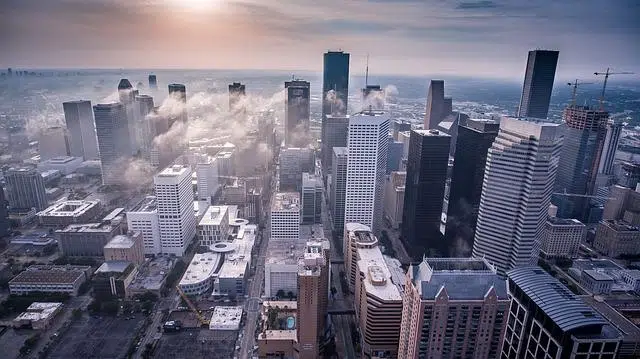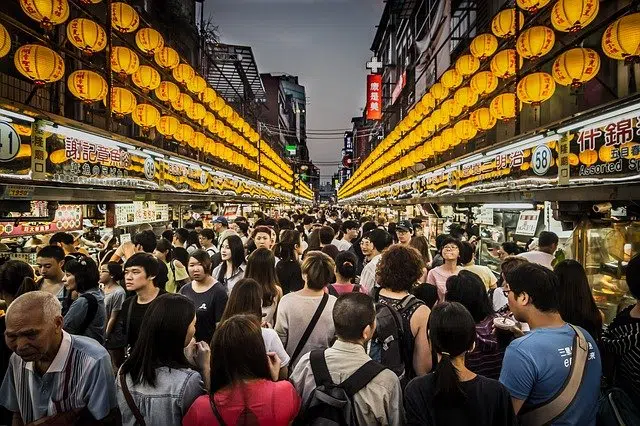
An urban agglomeration is made up of a city and its suburbs.
Agglomeration is the act and result of agglomerating : bringing together many elements, coupling or gluing together different substances or fragments of something. The most common use of the term is within the framework of the notion of urban agglomeration .
An urban agglomeration is a space formed by the urban area belonging to a city and the suburban areas found in its surroundings. In this way, a region is generated that can cross various administrative divisions based on demographic and urban growth.
Typically, an urban agglomeration develops around a large city. For economic and social reasons, new urbanizations begin to emerge in its vicinity, which often become satellite towns. Also the growth of the city beyond its limits causes the appearance of these urban agglomerations.
Example of urban agglomeration
In Argentina, for example, the Autonomous City of Buenos Aires (the Federal Capital ) and the so-called Greater Buenos Aires form a large urban agglomeration that has more than fifteen million inhabitants.
In this case, the agglomeration includes the City of Buenos Aires and districts belonging to the Province of Buenos Aires such as Avellaneda , Florencio Varela , La Matanza , Quilmes , San Isidro and Vicente López , among others. The urban agglomeration of Buenos Aires is the main economic center of the country.
The central core and the suburbs
When observing an urban agglomeration, therefore, it is possible to distinguish between two elements: the city and the suburbs. These are the two main components of its structure , and each one has its own characteristics and even its own history, although at a certain point they become part of a whole.
The city of an urban agglomeration is also known as the central core , and it is the pivot on which its entire structure is generated. Its density is high, and it is there where there are the greatest number of sources of employment and activities belonging to the tertiary sector predominate.

A crowd occurs when a large number of people gather in the same place.
The economy of an urban agglomeration
The tertiary sector, also known as the services sector , is a concept from the field of economics that refers to all activities linked to services that do not produce or transform material goods; In other words, it is possible to say that this sector offers services that seek to satisfy certain needs of the population , such as commerce, tourism, communications, entertainment, leisure, hospitality, education and health. .
This nucleus is characterized by having most of the urban equipment and infrastructure services, as well as a more solid organization than the rest of the territories that surround it. It is from this point that the different transportation routes that serve to communicate the city with the other components, that is, the suburbs, generally emerge radially .
The suburbs of an urban agglomeration surround the city and are grouped along transportation routes, forming a concentric circle. Its characteristics include a lower population density than in the core , which tends to be discontinuous and progressively merge with the subrural area the further away they are from the core.
Mass gathering of people and different materials
A crowd, on the other hand, is a mass gathering of individuals. «The crowd of fans made it difficult to see the players» , «I don't usually go to concerts of this magnitude because I'm afraid of the crowds of people» , «Given the impressive discounts in the store, the crowd of customers was little different from a painting apocalyptic .
Based on the meaning of agglomeration, finally, we can also speak of agglomerate (the rock composed of solidified pieces of lava) and agglomerated wood (created by joining chips with glue), among other concepts.
